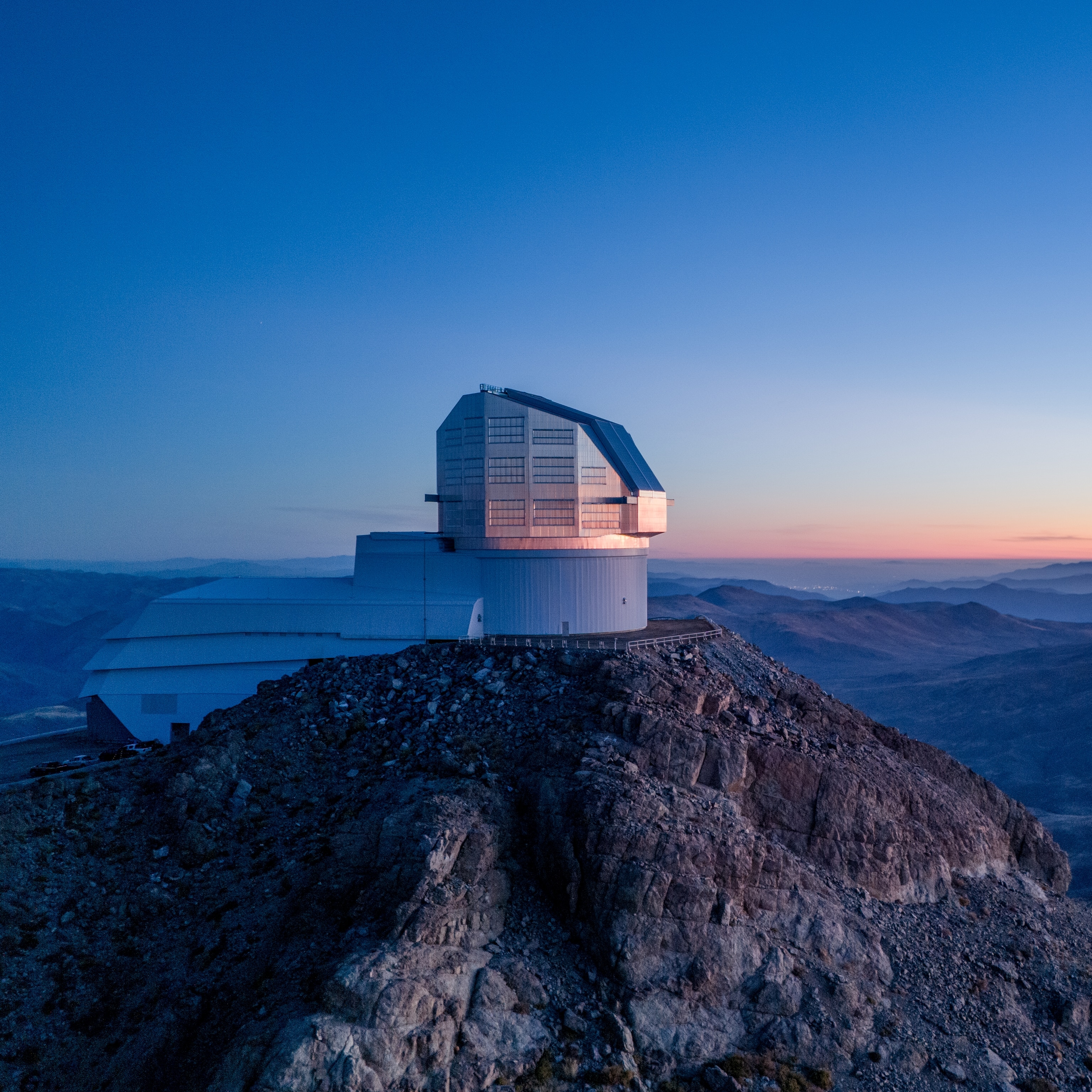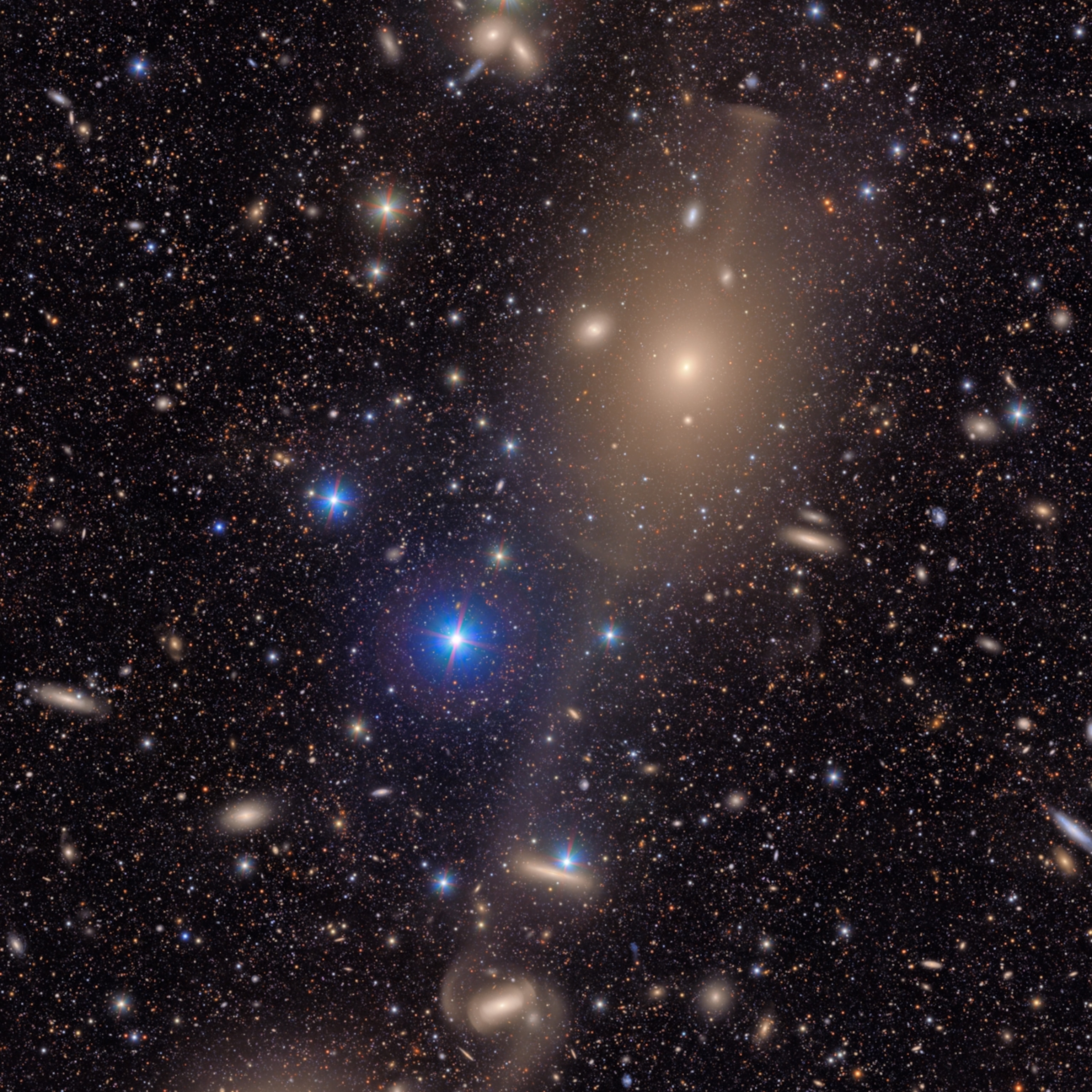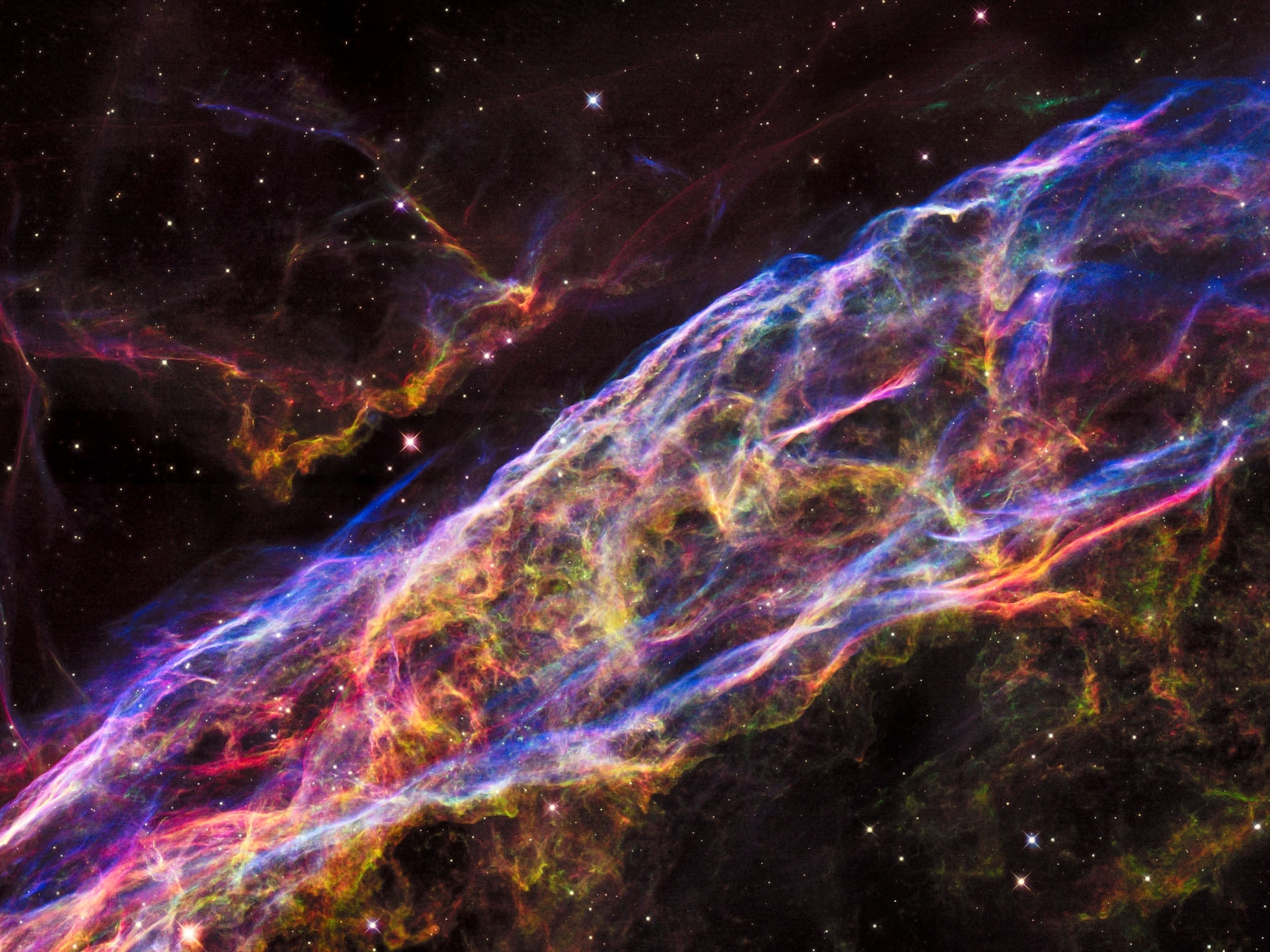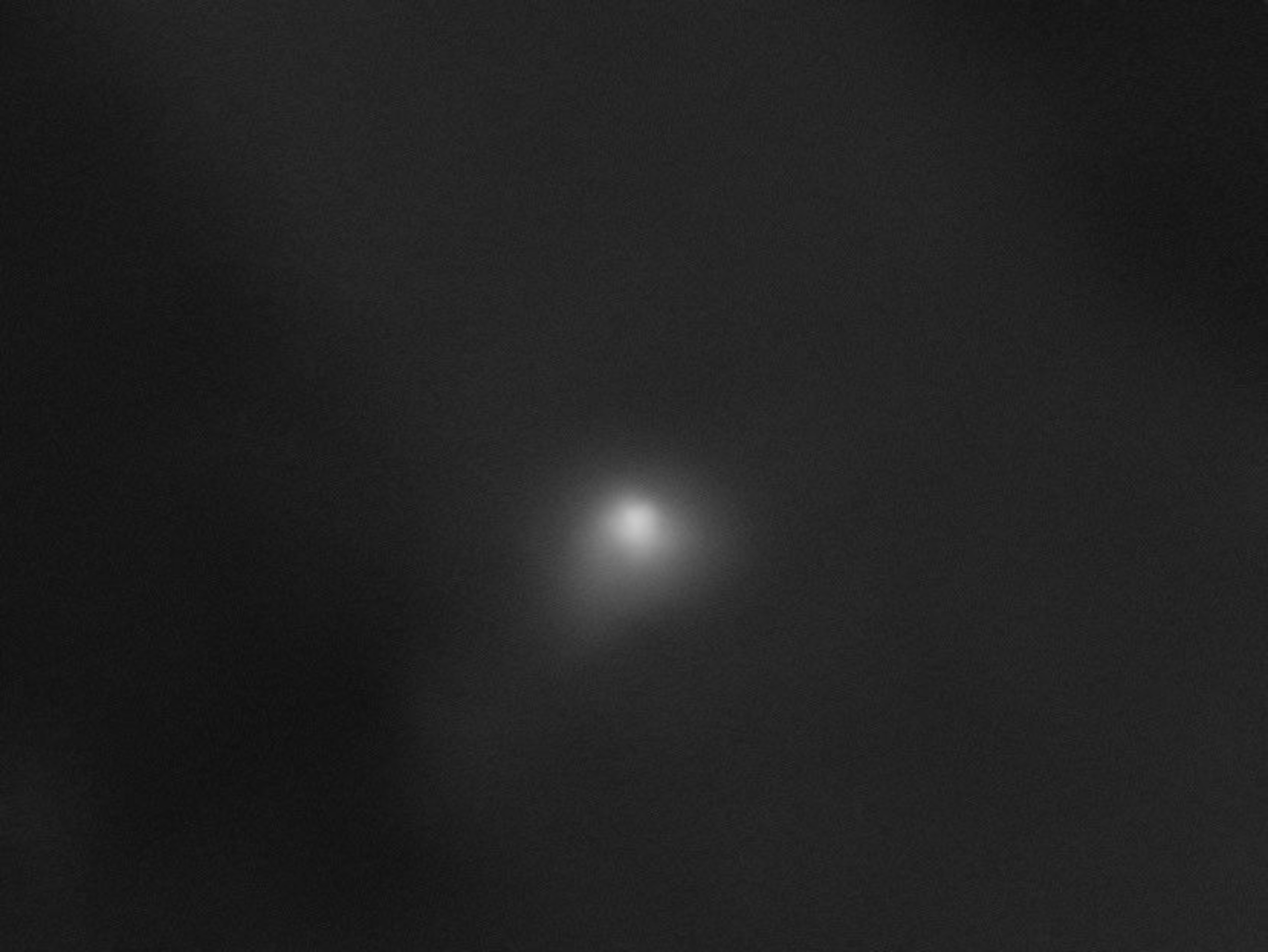
Alien Hunting Could Go High-Definition With Giant Space Telescope
A new study makes the case for building a supersize space telescope that would create images five times sharper than Hubble's.
As the Hubble Space Telescope starts to enter old age, a new report offers one exciting vision for a space telescope that could come online by the early 2030s.
Known as the High Definition Space Telescope, or HDST, it would sit a million miles from Earth, its 54 individual mirrors combining to form a surface with 25 times that of Hubble—enough muscle to search scores of Earthlike exoplanets for signs of life, lay bare secrets of the birth of galaxies like the Milky Way, and study our own solar system in astonishing detail. It would also make images so stunningly sharp they’d far outshine Hubble’s own eye-popping photographs.
Hubble still has a few good years left for major discoveries. And its successor, the James Webb Space Telescope, will begin scanning the skies in 2018. But astronomers know it’s not too soon to be thinking about what might come after that.
“The folks at NASA said we shouldn’t be afraid to be bold,” says Marc Postman of the Space Telescope Science Institute, a member of the committee of scientists and engineers that wrote the report. “So that’s what we did.”
It’s understandable that Postman and his colleagues would jump at the chance to think boldly. Astronomers have learned by experience that every major leap in telescope power leads to discoveries no one could even have predicted beforehand. Hubble’s 1995 discovery of billions of galaxies at the edge of the visible universe is just one headline-making example.
How to Spot Alien Life
To spot a potentially life-bearing twin of Earth, a telescope not only has to see an extremely faint planet, but it also has to resolve, or separate, the planet from nearby stars. Those images tend to merge with the Hubble or James Webb telescopes, just as the headlights of a car approaching from many miles away look like a single spot of light. The bigger the mirror, the higher the resolution—especially in space, where there’s no atmosphere to blur the image.
Finally, you need to blot out the planet's host star (analogous to our sun), since its brightness would overwhelm the feeble light of a nearby planet (think of trying to see a candle sitting next to a powerful searchlight). For that, the HDST would have a coronagraph—essentially, a mask that could block the star, just as you might use your fist to block the sun when looking up to see an airplane.
Put it all together, says MIT astronomer Sara Seager, co-chair of the committee, “and we could probably find dozens and dozens of terrestrial [or Earthlike] planets within 100 light-years of Earth.” In the hunt for life, she says, you need that many, because not every Earthlike planet will necessarily be inhabited.
The HDST would scan these planets’ atmospheres for signs of biological activity. The presence of oxygen, for example, would be a very good sign, since it’s a highly reactive molecule that would quickly combine with other molecules if it weren’t being constantly replenished by living organisms.
For studying galaxy formation and evolution, meanwhile, the HDST’s size and resolution would be complemented by the telescope’s sensitivity to ultraviolet light. With ultraviolet vision, says Postman, “you could see that there’s a cosmic web of gas that flows in and out of the Milky Way and other galaxies.” That gas helps determine how a galaxy evolves, he says, and the HDST would allow astronomers to watch that flow in hundreds of nearby galaxies.
It would also be able to see individual stars down to size of the sun in those galaxies. Together, these abilities would give scientists what Postman calls “a complete playbook of how to make many different types of galaxies.”
HDST would also be “awesome for resolving things in the outer solar system,” says Heidi Hammel, an astronomer with Associated Universities for Research In Astronomy (AURA), which commissioned the report. Hammel wasn’t involved in the report.
Closer to home, the new telescope could take repeated images of the atmospheres of Uranus and Neptune, for which we only have snapshots from Voyager 2. It could also look at several of Pluto’s cousins in the outer solar system’s frozen Kuiper Belt, which was discovered only in the past decade or so. “Every large Kuiper Belt object, including Eris, Haumea, Makemake and Quaoar would all be resolvable,” says Hammel.
You Pay for the View
All of this comes at a cost, of course. The Webb telescope was originally promised at $500 million, but its price tag has swelled to more than ten times that, starving other astrophysics projects of funding. “HDST is just the type of compelling, inspirational science NASA should be doing,” says Princeton astrophysicist David Spergel, who wasn’t involved in the report. “Hopefully, we have learned important lessons from [Webb] and will more wisely manage and plan for this project.”
The authors of the HDST report say they’re well aware of the issue. Much of the Webb’s cost overrun, they say, came from the need to develop brand-new technologies, many of which can be carried over to the new scope. The Webb, moreover, was designed to operate at much lower temperatures than HDST, so its components all had to be tested in cold rooms. That won’t be necessary for the new telescope.
Perhaps most important of all from a political perspective, the report’s authors wisely avoided making promises they couldn’t keep.“We didn’t even try to estimate costs,” says Julianne Dalcanton, of the University of Washington, the committee’s other co-chair. “It’s impossible to do, because we don’t know enough details yet. The technology is advancing so rapidly that what looks difficult now might not be in five years.”
“I really hope I get to use this thing in my lifetime,” says Delcanton, “because it will be fantastic.”

















